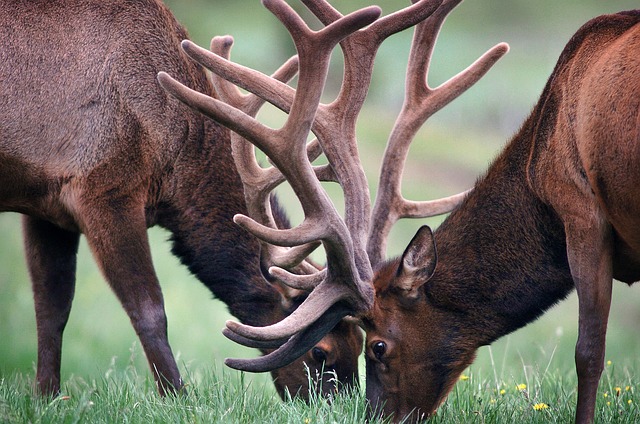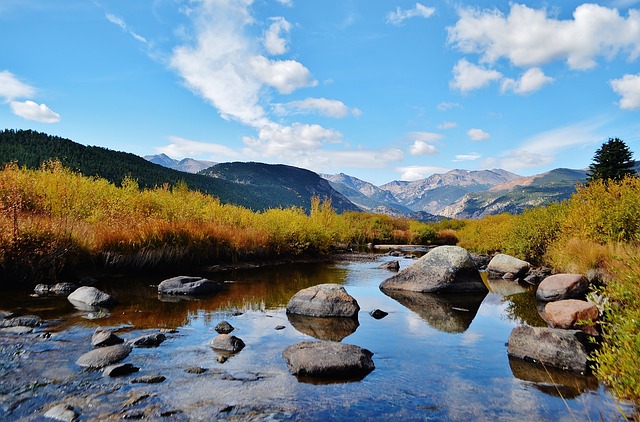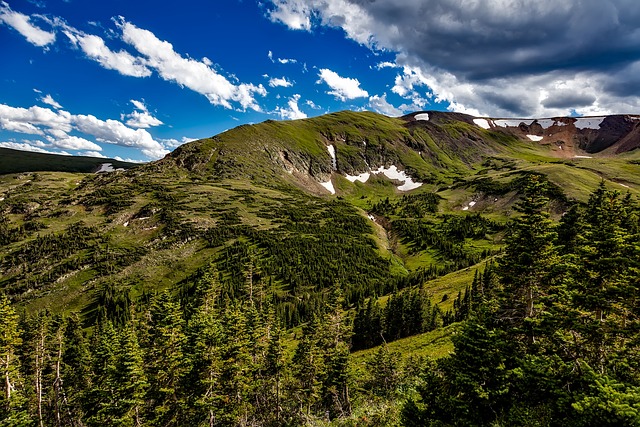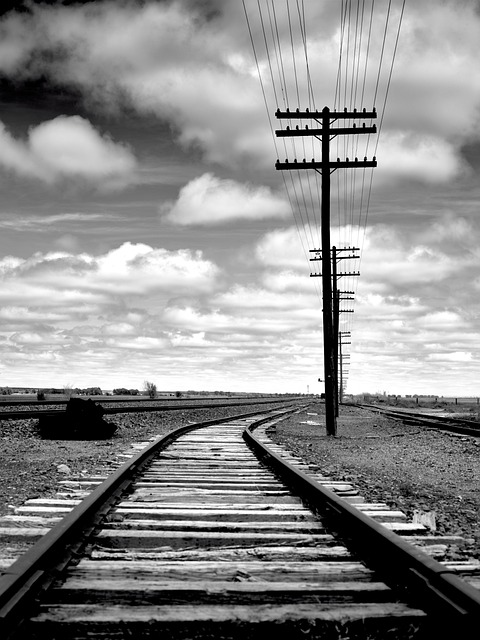2021 marked a milestone year for Colorado's economy, with a GDP surpassing $500 billion, reflecting its significant contribution to the nation's economic health. Colorado's robust economy, fueled by diverse sectors including aerospace, energy (with a growing focus on renewables), agriculture, and tourism, is mirrored by its rich geographical diversity featuring the Rocky Mountains, Great Sand Dunes, and Arkansas River Valley. The state's high per capita income and population growth, exceeding 7% from 2010 to 2020, are indicative of its thriving job market and quality of life. Colorado's unique natural beauty, with over 300 days of sunshine and numerous national parks and outdoor recreational opportunities, complements its economic vitality, making it a key player in the American economy. The state also boasts a rich cultural heritage influenced by Indigenous peoples, Hispanic traditions, and pioneer legacy, all contributing to Colorado's multifaceted identity and vibrant cultural mosaic.
Discover the vibrant landscape of Colorado, a state that boasts an array of geological wonders, including its iconic mountain ranges and breathtaking rock formations. Delve into the dynamic climate that shapes its diverse ecosystems and microclimates, influencing everything from agriculture to recreation. Explore the rich cultural tapestry that weaves together Indigenous traditions, Hispanic influences, and pioneer legacies, giving Colorado a unique heritage. Uncover compelling statistics that highlight Colorado’s economic prowess, population growth trends, and the myriad of outdoor activities that attract visitors worldwide. Join us on an enlightening journey through the Heart of the Rockies.
- Colorado's Geological Wonders: Exploring the State's Stunning Formations and Mountain Ranges
- Colorado's Climate: Understanding the State's Diverse Weather Patterns and Microclimates
- The Rich Cultural Tapestry of Colorado: A Blend of Indigenous, Hispanic, and Pioneer Heritage
- Colorado in Numbers: Economic Contributions, Population Growth, and Recreational Statistics
Colorado's Geological Wonders: Exploring the State's Stunning Formations and Mountain Ranges

Colorado’s geological wonders span a diverse array of stunning formations and mountain ranges that offer breathtaking views and unique natural experiences. The state is home to some of the most iconic landscapes in the United States, including the towering Rocky Mountains, which stretch across the northern part of the state and are punctuated by the 14,000-foot peaks that have earned Colorado the nickname “The Centennial State.” These mountains are not only a playground for outdoor enthusiasts but also serve as critical watersheds that sustain the region’s ecosystems.
Beyond the Rockies, visitors can explore the otherworldly landscapes of the Arkansas River Valley, with its deep canyons and soaring cliffs, and the majestic Grand Mesa, known as the world’s largest flat-topped mountain. The Great Sand Dunes National Park preserves a unique desert environment where towering sand dunes rise up against the backdrop of the Sangre de Cristo Mountains, a rare sight in North America. Colorado’s geological diversity continues to fascinate and inspire, with each region offering distinct opportunities for adventure and reflection on nature’s grandeur.
Colorado's Climate: Understanding the State's Diverse Weather Patterns and Microclimates

Colorado’s climate is a complex mosaic shaped by its varied topography and latitude. Stretching from the high desert in the east to the alpine environment of the Rocky Mountains in the west, the state experiences a wide range of weather patterns and microclimates. The eastern plains, with their flat expanses and low elevations, often enjoy a semi-arid to arid climate characterized by dry conditions and wide temperature fluctuations between day and night. Precipitation here is sparse but can be significant during thunderstorm seasons in the spring and summer.
As you ascend into the mountainous regions of Colorado, the climate becomes more temperate, with cooler summers and harsher winters. The Rocky Mountains, which dominate western Colorado, create a rain shadow effect that leads to drier conditions on their leeward side. This results in distinct microclimates where different valleys and canyons may have varying weather conditions only miles apart. For instance, the town of Telluride might experience more snowfall than nearby Mountain Village due to the latter’s higher elevation. These microclimates are not only significant for understanding weather patterns but also for agriculture, as they allow for diverse crops and farming practices that thrive in their specific conditions. The state’s diverse climates are a testament to Colorado’s rich geographical and ecological diversity, making it a fascinating subject of study for both residents and visitors alike.
The Rich Cultural Tapestry of Colorado: A Blend of Indigenous, Hispanic, and Pioneer Heritage

Colorado’s rich cultural tapestry is a vibrant mosaic woven from the threads of Indigenous, Hispanic, and pioneer heritages. The state’s history is deeply rooted in the diverse cultures that have called this region home for centuries. Long before European settlement, the land that is now Colorado was inhabited by Native American tribes, including the Ute, Arapaho, and Cheyenne, each with distinct cultural practices, spiritual beliefs, and connections to the land. Their legacy is preserved in various ways, from the ongoing practices of their descendants to the numerous archaeological sites scattered throughout the state.
The influence of Hispanic culture, particularly following the Spanish colonization and through the Mexican-American War, has left an indelible mark on Colorado. This is evident in the Spanish-influenced architecture of towns like Trinidad, the annual celebration of Cinco de Mayo, and the continued spoken and written use of Spanish. The Hispanic community’s contributions to Colorado’s culture are a testament to their resilience and adaptability, enriching the state’s culinary traditions, music, art, and festivals. Meanwhile, the pioneer heritage, which includes settlers from the United States and other countries, brought their own set of customs, values, and industries, such as mining and agriculture, further adding to Colorado’s multifaceted cultural identity. Today, this blend of cultures is celebrated in numerous festivals, museums, and historical sites across the state, offering residents and visitors alike a window into the rich layers of history that make up Colorado’s unique cultural landscape. Keywords: Colorado, Indigenous heritage, Hispanic influence, pioneer legacy.
Colorado in Numbers: Economic Contributions, Population Growth, and Recreational Statistics

Colorado’s economic landscape is as diverse as its geography, with key sectors including aerospace, energy, agriculture, and tourism contributing significantly to its GDP. The state consistently ranks high in terms of per capita income, reflecting its robust economy. In 2021, Colorado’s total economic output exceeded half a trillion dollars, underscoring the state’s substantial contribution to the nation’s overall economic performance. Additionally, Colorado has seen a steady population growth, with estimates projecting an increase of over 7% between the years 2010 and 2020. This growth can be attributed to factors such as job opportunities, a high quality of life, and the appeal of its natural beauty. The state’s recreational statistics are equally impressive, with millions visiting its national parks, ski resorts, and mountain trails each year. The Rocky Mountains, vast public lands, and the presence of over 300 days of sunshine annually make Colorado a prime destination for outdoor enthusiasts, further solidifying its status as an economic powerhouse in the United States.
Colorado stands as a mosaic of natural splendor and cultural depth, a state where geological wonders like the Rocky Mountains and the Arkansas River Canyon offer breathtaking vistas, while its climate showcases the drama of diverse weather patterns. Economically and demographically vibrant, Colorado’s population continues to rise, reflecting a draw for both adventure seekers and those drawn to its rich cultural tapestry, which interweaves Native American traditions, Hispanic legacy, and pioneer spirit. With its robust statistics in outdoor recreation, energy production, and technological innovation, Colorado remains a dynamic entity within the United States, revealing its multifaceted character through its many intriguing layers.
